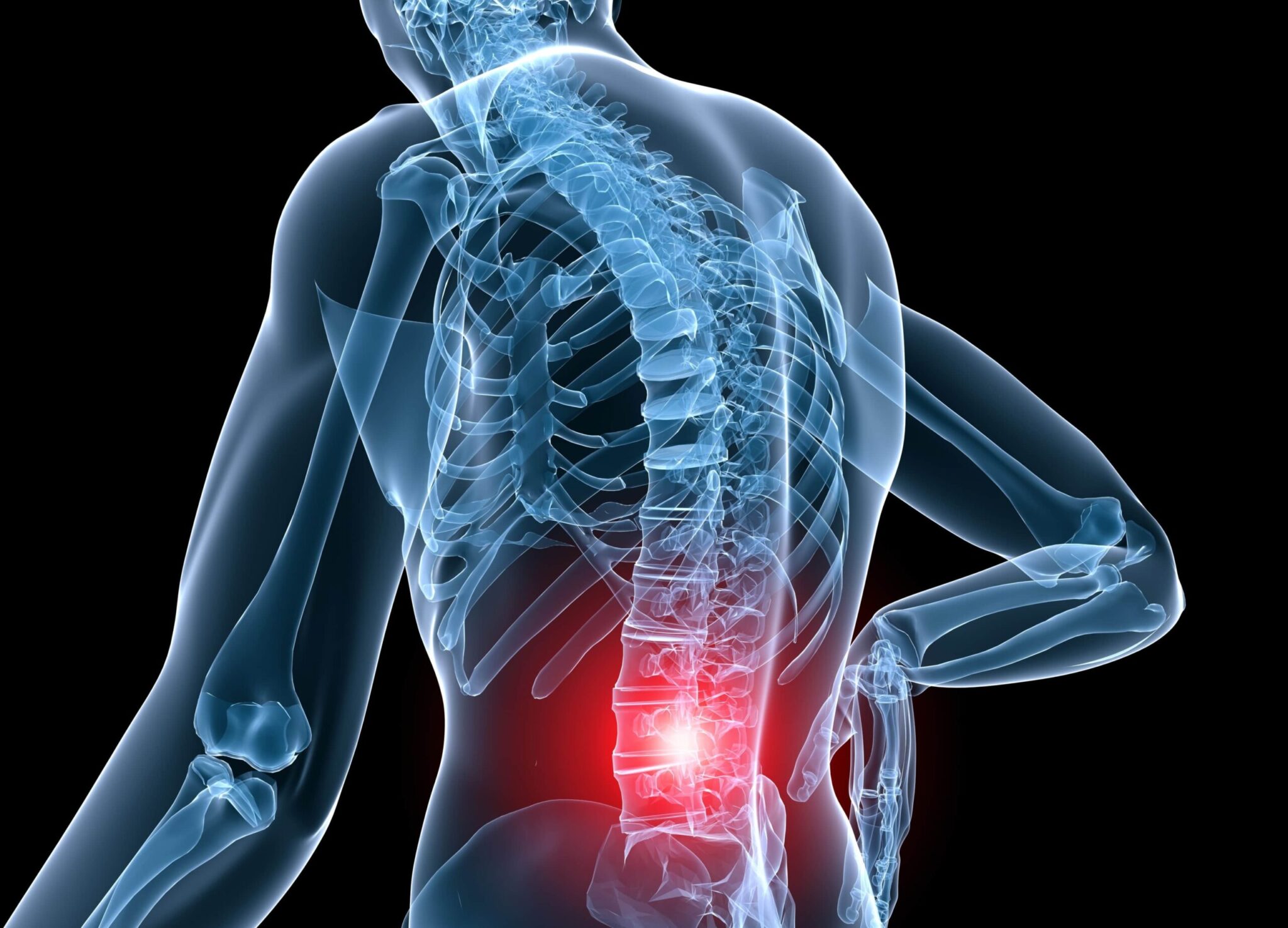If there is anything that would be considered the scourge of workers' compensation, it is low back pain. As we are an aging workplace population, and the mechanical design of the human body really does not support being upright or placing the amount of force through the lower lumbar region, I would doubt that there is even one individual over the age of 18 who has not experienced low back pain—more so from the workers' compensation perspective.
As I have mentioned, we wear out the lower lumbar spine, often with age or prior injury. So, when there is a subsequent event, all too often the injured individual feels that all of the pathology noted is a function of the most recent compensable injury, and that simply is not the case. What you should take away from this missive is that there are a number of causes, and a detailed assessment should be provided to establish the exact extent of the injury. The most appropriate treatment plan should be noted by the treating provider. Know what you are dealing with before jumping into action.
The most common cause is a simple muscle strain. This is a result of the amount of stress placed on those tiny lumbricals, which overloads them, causing a simple soft tissue myofascial strain of the paravertebral musculature of the lumbar region of the spine. In medicine, we have a saying: common things happen commonly, and rare things happen rarely. So, look at the reported mechanism of injury, then note the type and nature of the complaints offered, and incorporate the findings on physical examination, preferably by a provider who does not have a vested interest. Muscular strain can cause significant pain and discomfort, but it typically resolves with rest, physical therapy, and proper body mechanics. In most cases, this is what you are most likely dealing with.
There are those who believe that there is a sprain of the ligaments of the lumbar spine. While this is possible, again take note of the force associated with the injury. A minor lifting event is not going to compromise the ligaments. There are five particularly tough and strong ligaments designed to keep the spine in proper position. If the ligaments are compromised—and it could happen—look at all the factors to ensure that this is what has happened. Mere pain does not prove a sprain of these structures. Take a look at the MRI and make sure there are markers of acute injury present to support that diagnosis.
Here's a secret: I would bet that most of us are not as close to 18 as we want to be. And yes, with each page torn off the calendar, our bodies change—particularly the intervertebral discs and facet joints. These changes do not occur within weeks of the date of injury. One needs to ensure that the pain generators are not degenerative disc disease or facet joint arthritis. As noted, disc herniations are acute, and these findings are not. A skilled radiologist can see the differences.
Added considerations include facet joint disease, SI joint dysfunction, spinal stenosis, osteophytosis, and other space-occupying lesions. Have your provider review the clinical records so that you are not incorporating unrelated comorbidities into the compensable event.
In conclusion, while disc herniation is a well-known cause of low back pain, it's essential to recognize that there are many other potential causes. Muscular strain, ligament sprain, degenerative disc disease, facet joint dysfunction, sacroiliac joint dysfunction, and spinal stenosis are just a few examples. Understanding the various causes of low back pain can help individuals seek the proper treatment and manage their pain more effectively. By ensuring that the pathology noted is (or is not) a function of the identified event, the injured individual can receive the proper care or referrals sooner rather than later.

